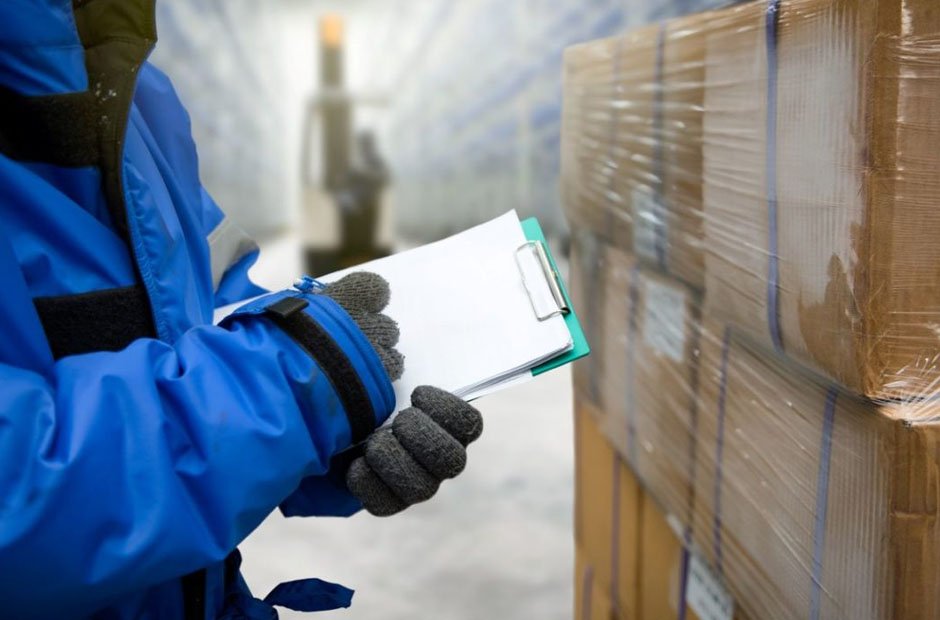In the grand narrative of global food distribution, the cold chain plays a pivotal role, often unsung yet absolutely critical. This intricate ballet of logistics, technology, and dedication ensures that the freshness and quality of perishable goods are preserved from the moment they leave the farm until they reach your fork. Let’s embark on a journey through the cold chain, unraveling the layers of innovation and commitment that keep our foods fresh, nutritious, and safe to eat.
The Essence of the Cold Chain
At its core, the cold chain is a temperature-controlled supply chain that transports perishable goods through various stages, including harvesting, processing, packaging, shipping, and retail. The goal is to maintain a constant, low-temperature environment to minimize the growth of microorganisms and the speed of biochemical reactions, thereby prolonging shelf life and preserving quality.
The introduction of temperature data loggers has revolutionized the cold chain, allowing for real-time monitoring and control of temperatures throughout the journey. These devices provide a detailed record of the conditions that goods are exposed to, ensuring compliance with safety standards and helping to pinpoint any breaks in the chain where quality could be compromised.
From Farm to Facility: The First Link
The cold chain journey begins at the farm, where fruits, vegetables, dairy products, and meats are harvested or produced. Immediate cooling after harvest or processing is crucial to halt the natural decay process and prepare these items for their journey. Facilities equipped with advanced refrigeration technologies quickly bring down temperatures, setting the stage for the next phase of transportation.
Packaging Innovations
Innovative packaging plays a significant role in maintaining product integrity during transport. Materials designed to insulate and protect items from temperature fluctuations, as well as packaging that incorporates cooling elements, are among the advancements that have significantly impacted the effectiveness of the cold chain.
On the Move: Transportation and Logistics
Transporting perishable goods requires a symphony of precision logistics, where every player knows their part. Refrigerated trucks, ships, and air cargo are equipped with sophisticated cooling systems that maintain the desired temperature, regardless of external conditions.
The Role of Logistical Planning
Efficient route planning and logistical coordination ensure that transportation times are minimized, reducing the opportunity for temperature abuse. The integration of GPS tracking and temperature monitoring technologies provides constant oversight, allowing for immediate action should any issues arise.
The Retail Revolution: Bringing Freshness to Your Doorstep
Upon reaching their destination, perishable goods are transferred to refrigerated storage facilities or directly to retail environments, where the final stage of the cold chain unfolds. Supermarkets, restaurants, and even online grocery delivery services are part of this last link, tasked with maintaining the cold chain’s integrity until the products reach the consumer.
The Rise of Direct-to-Consumer Models
The growth of direct-to-consumer delivery models poses new challenges and opportunities for the cold chain. Innovative solutions, such as reusable cold packaging and localized delivery hubs, ensure that even home-delivered foods meet the highest standards of freshness and safety.
The Human Element: Training and Awareness
The success of the cold chain doesn’t just rely on technology and logistics; it’s also about the people behind the scenes. Continuous training for all individuals involved in the cold chain, from farm workers to retail staff, ensures a deep understanding of the critical role each plays in maintaining food quality and safety.
Building a Culture of Quality
Fostering a culture that prioritizes quality and safety involves regular audits, feedback mechanisms, and a commitment to continuous improvement. This culture ensures that every hand-off in the cold chain is performed with care and precision, minimizing the risk of breakdowns that could compromise food quality.
The Future of the Cold Chain: Innovation and Sustainability
As we look to the future, the cold chain continues to evolve, with innovation focusing on increasing efficiency, reducing environmental impact, and enhancing food safety. Emerging technologies, such as blockchain for traceability, and advances in renewable energy sources for refrigeration, are paving the way for a more sustainable and reliable cold chain.
Embracing Sustainability
The environmental footprint of the cold chain is significant, given the energy demands of refrigeration. Innovations in eco-friendly refrigerants, solar-powered cooling systems, and more efficient transport vehicles are helping to reduce this impact, making the cold chain not only a guardian of food quality but also a steward of the planet.
The cold chain is more than a series of logistical steps; it’s a dynamic ecosystem that sustains the global food supply. As we’ve journeyed through the chronicles of the cold chain, from the technological marvels that monitor and maintain optimal conditions, to the human ingenuity that constantly seeks to improve and innovate, one thing becomes abundantly clear: the cold chain is the unsung hero of our modern food system. It’s a complex ballet of science, technology, and dedication that ensures the food we enjoy is safe, nutritious, and delicious.
















